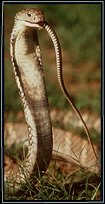 |
The king cobra is not actually a cobra! There are several differences between king cobras and cobras. King cobras are more intelligent, lack hood markings, and are longer. In fact, the king cobra is the longest venemous snake in the world! To find out more on Asia's royal serpent, click here. | |||||||||||||||||||||||||||||||||||||||||||||||||||||||||||||||||||||||||||||||||||||||||||||||||||
 |
The class Cephalopoda is a wonderfully diverse group of molluscs containing some of the most fascinating of all the invertebrates, including the beautiful but deadly blue-ring octopus, the giant squid, and the nautilus! Click here. | |||||||||||||||||||||||||||||||||||||||||||||||||||||||||||||||||||||||||||||||||||||||||||||||||||
 |
Phoronida is a small phylum of tube-dwelling, worm-like creatures that have the amazing ability to regenerate missing limbs. Sometimes, decapitated limbs will regenerate another body! Click here for more information.. | |||||||||||||||||||||||||||||||||||||||||||||||||||||||||||||||||||||||||||||||||||||||||||||||||||
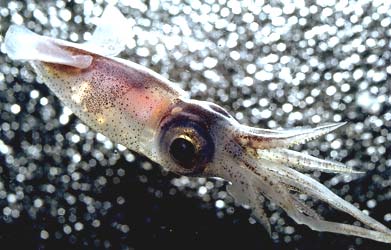 |
Squid are among the most intelligent of all the invertebrate. Their eight suction-bearing arms and two whip-like contracting tentacles, coupled with their intelligence, make them the ocean's most efficient hunters. Click here for more information. | |||||||||||||||||||||||||||||||||||||||||||||||||||||||||||||||||||||||||||||||||||||||||||||||||||
 |
The giant squid is a legend among invertebrates, having inspired stories of the kraken, a large sea beast that would capsize boats. While there are no grounds for these stories, the giant squid is the world's largest invertebrate, measuring up to 60 ft (18 m) in length. Click here for more information. | |||||||||||||||||||||||||||||||||||||||||||||||||||||||||||||||||||||||||||||||||||||||||||||||||||
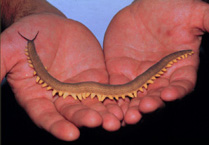 |
The phylum Onychophora contains some of the most unusual animals on earth - the velvet worms. More a cross between an insect and a worm, velvet worms are highly carnivorous and will trap their prey by shooting a complex "super glue" at them! This phylum also has the distinction of being the only phylum whose members are not aquatic. To find out more, click here. | |||||||||||||||||||||||||||||||||||||||||||||||||||||||||||||||||||||||||||||||||||||||||||||||||||
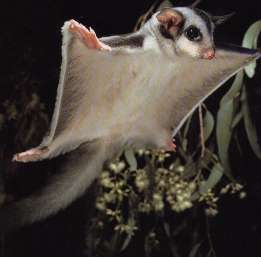 |
This cute little marsupial is a popular pet throughout the United States, but is now illegal to own in many areas. A native of Australia, the sugar glider gets its name from its fondness for the sweet sap of the eucalyptus as well as its ability to glide distances of 200 ft. To find out more, click here. | |||||||||||||||||||||||||||||||||||||||||||||||||||||||||||||||||||||||||||||||||||||||||||||||||||
 |
This order contains some of the most majestic and repulsive animals in the entire class. Commonly known as birds of prey or raptors, these large birds are the terrors of the skies, avidly hunting fish, rodents, other birds and bats. Some, like the vultures, are nature's cleaners, eating the dead and preventing the spread of harmful bacteria. To find out more, click here. | |||||||||||||||||||||||||||||||||||||||||||||||||||||||||||||||||||||||||||||||||||||||||||||||||||
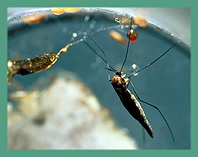 |
This large order of insects contains over 120 000 species of those most pesky creatures - flies. Blamed for spreading filth and pestilence everywhere, true flies, including house flies, deer flies, midges, gnats, mosquitoes, hover flies, and crane flies, are actually quite beneficial. Maggots are good composters, adults are important pollinators, and both act as a vital food source for many species of animals. To find out more, click here. | |||||||||||||||||||||||||||||||||||||||||||||||||||||||||||||||||||||||||||||||||||||||||||||||||||
 |
This unusual member of the fly species is an unusual hunter - it "fishes" for its meals by using long threads of sticky silk! When prey gets caught on the line, it just reels its meal in. This fly is also unusual in that it produces its own light (a trait known as bioluminescence) and uses the light to attract food and mates. To find out more, click here. | |||||||||||||||||||||||||||||||||||||||||||||||||||||||||||||||||||||||||||||||||||||||||||||||||||